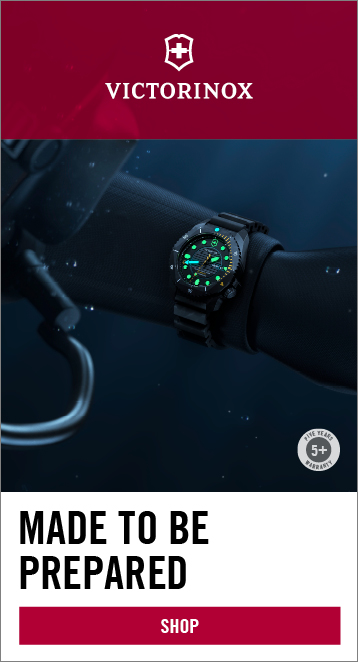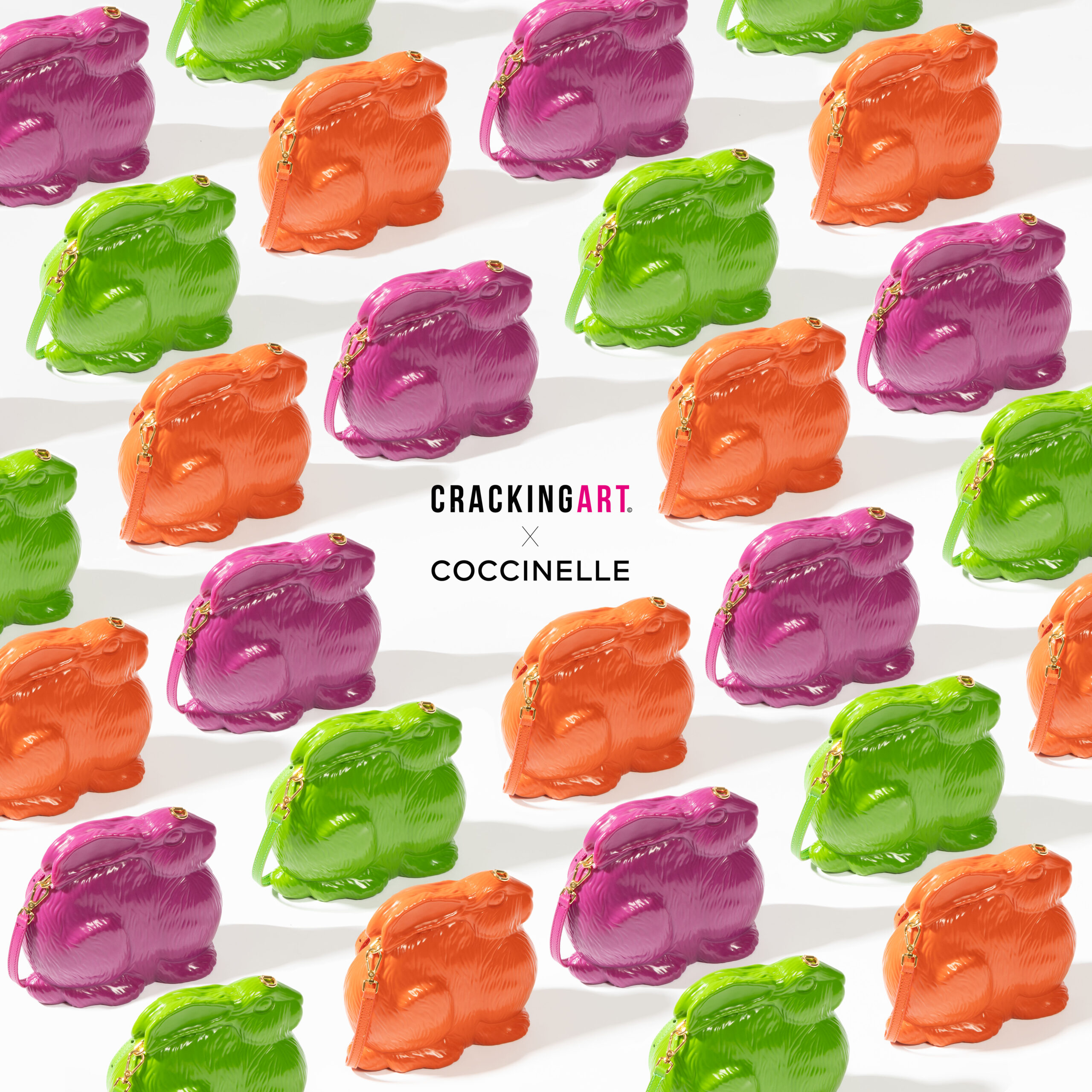*This article was originally published by the much-respected JING DAILY, a Moodie Davitt Report content partner.
In the sun-drenched penthouse at Beijing’s Opposite House, a striking hotel with a dramatic mix of contemporary style and Chinese traditional designs, 20 guests were being transformed by stylists doing what stylists do best, making people look glamorous, fabulous. The guests, however, were not models or celebrities or social elites.
They were big spenders on the e-commerce platform, Farfetch, and were participating in a night reserved for their VIP customers. Beyond the makeover and photoshoot, they were there to review the latest collections from sought-after luxury fashion brands like Oscar de la Renta, Moncler, and Thom Browne, followed by a private film screening in a theatre designed to look like an old Hollywood cinema.
The event kicked off Farfetch’s Private Client Program in China, which includes a host of special experiences, such as personal styling sessions, early access to collections, and even meet and greets with iconic fashion designers. And Beijing serves as a strategic location for Farfetch, as it’s filled with an ever-increasing pool of wealthy spenders thirsty for unique fashion experiences that normally could only be found in Shanghai or New York. For Farfetch, courting this lucrative segment is essential. VIPs may only make up one percent of Farfetch’s clientele, but they account for 20 percent of their revenue, as well as an important asset to help broadcast the fashion tech company’s latest transition — the KOL of fashion digits.

Since its IPO in 2018, Farfetch has been snapping up the hottest names in fashion, from Stadium Goods to the New Guards Group. Despite smaller than expected losses in Q3, analysts have expressed concerns that Farfetch was “burning cash too fast” and questioned whether it would be able to turn a profit. However, José Neves, founder and CEO of Farfetch, defended the acquisitions, stating that Farfetch was focusing on increasing market share ahead of profitability, and the investments were necessary to make this transition happen.
“In China, many younger consumers look to KOLs as fashion trendsetters, and Farfetch is determined to become this generation’s favourite online destination to shop for full-priced, unique luxury pieces” – Farfetch Chief Commercial and Sustainability Officer Giorgio Belloli

By including the pre-owned sector and limited-edition sneaker wear (thanks to the acquisition of Stadium Goods), Farfetch aims to stay on top of consumers’ minds. Considering that Chinese consumers are the youngest luxury shoppers and make up the highest average unit value, the Chinese market is clearly at the forefront of Farfetch’s execution.
To understand how Farfetch has morphed from a pure e-commerce player to the multifaceted brand, Jing Daily sat down with Giorgio Belloli, Chief Commercial and Sustainability Officer at Farfetch, in Hong Kong for an exclusive interview.
Belloli has spent the last 25 years developing and executing business strategies for namesake fashion luxury brands from Alexander McQueen, Miu Miu, Prada Linea Rossa, to designer brand Hussein Chalayan.
Beyond China, we also dived in the modern value of luxury, why customers are willing to pay more and to pay full price for long term value, and how the resale market and the full-price retail can feed off each other.
JD: How important is the Chinese market for you?
Chinese consumers are shopping globally. So, I think for a business like ours, we’re increasingly looking at the Chinese consumer, rather than China as a market. There’s a tremendous opportunity to really capture the traveling consumer, and really try to serve them in the same way regardless of where they are at a specific time.
The Chinese market, however, is very fragmented, and we definitely see for us an opportunity to become a one-stop solution (digital solutions, CRM, all the e-commerce, VIP presence, etc.), which serves brands that want to talk to a luxury customer in China, in a very specific way. So, it’s definitely a lot that we can offer to talk to the Chinese consumer in a more precise way. All in all, from a pure investment point of view, China is where we’re putting a lot of money.
Where do you currently spend your investment in China?
In 2019, it’s been very much about investing in our structure and opening offices, making sure that we have a very solid presence. We’re also investing heavily in private clients, though now, the next step for us is to invest in market technology.
In China, social commerce platforms like Little Red Book and Douyin has seen a real boom, how is Farfetch reacting to this trend?
For us, it’s not just a trend, it’s actually our marketing strategy. If you go on, we launched a community program to represent Farfetch as a brand in Q2. So, we now have a network of over 400 different influencers and talents, whom we communicate with on a regular basis. They produce content for us. A good example is a program we did with Gucci called Open House.
Every two months, we rolled out new editorial content using our external talent to tell Gucci’s story in their own way. Right now, I feel brands need to go back and really reevaluate their online distribution. They should manage online distribution as a true extension of their D2C strategy. You do need a multi-brand environment with a lot of traffic that creates that excitement and creates that visibility for your brand. And we think we can actually play that part in really helping brands that want to become more direct to consumers.

How has the crisis in Hong Kong affected your business?
While it’s not affecting our business as such, we obviously have a team in Hong Kong, so I am making sure everyone here is okay. This is also why I’m here this week. I wanted to spend time with the team and visit all of our partners, which is important. We can offer our partners a solution to benefit sales at a time where obviously the local environment is challenging.
How do you approach sustainability?
We would like to stay away from “greenwashing” and follow the customer-centric model we’ve always had. Searches on Google for sustainable products have increased, customers want to know where products are coming from, how they’re made, etc. So, we want to provide that transparency to the customer. Recently, we launched our column, Conscious Edit, where we promote brands or specific products that have sustainability as the main part of our proposition. We’re working with an independent company called Good on You to rate the brands.
We also offer a donation service. On Farfetch, you can donate your clothes to charity or exchange them for a Farfetch credit. We’ll provide you with the bag and we come and collect it. So, in a way, it’s a way to declutter your wardrobe and to do some good as well.
We also have a buyback program called Farfetch Second Life, which is only limited to bags. We have selected 26 brands you can donate from, from Gucci to Valentino. Again, even this one is done in perfect Farfetch style, made in partnership with a third-party provider, so we don’t actually touch the product. They are in charge of authentication and price validation. If the product passed the test, you immediately get a Farfetch credit to use on the site to shop. Both services are only available in the UK for now.
What is Farfetch’s strategy in integrating NGG (National Guard Group)?
NGG’s growth comes from a gut feeling and understanding where a trend was going or what the talent is out there. It’s not really data-driven. We’re helping them grow their current brands, because they’re now going to have access to our data that proves the what’s selling best, the best merchandise techniques, price points, colour, and what works in different markets.
So, our data will help inform their product development for existing brands. Obviously, we will help them, or validate their gut feelings, on new collections. So, through our analysis we can spot new trends or new brands that may be coming up, validating some feelings that a brand could be the “brand of the future.”
How do you maximize profit from limited releases and special collections?
The secret is “selling out” and finding the right balance between satisfying and creating the demand but not at the same time is key. Brands want to grow their reselling market, so they’re supporting a reselling market. It’s actually supporting their long-term strategy. The idea is that the more their product ends up on the reselling market, the more value the brands get. The more they can immediately sell and be sold out).









